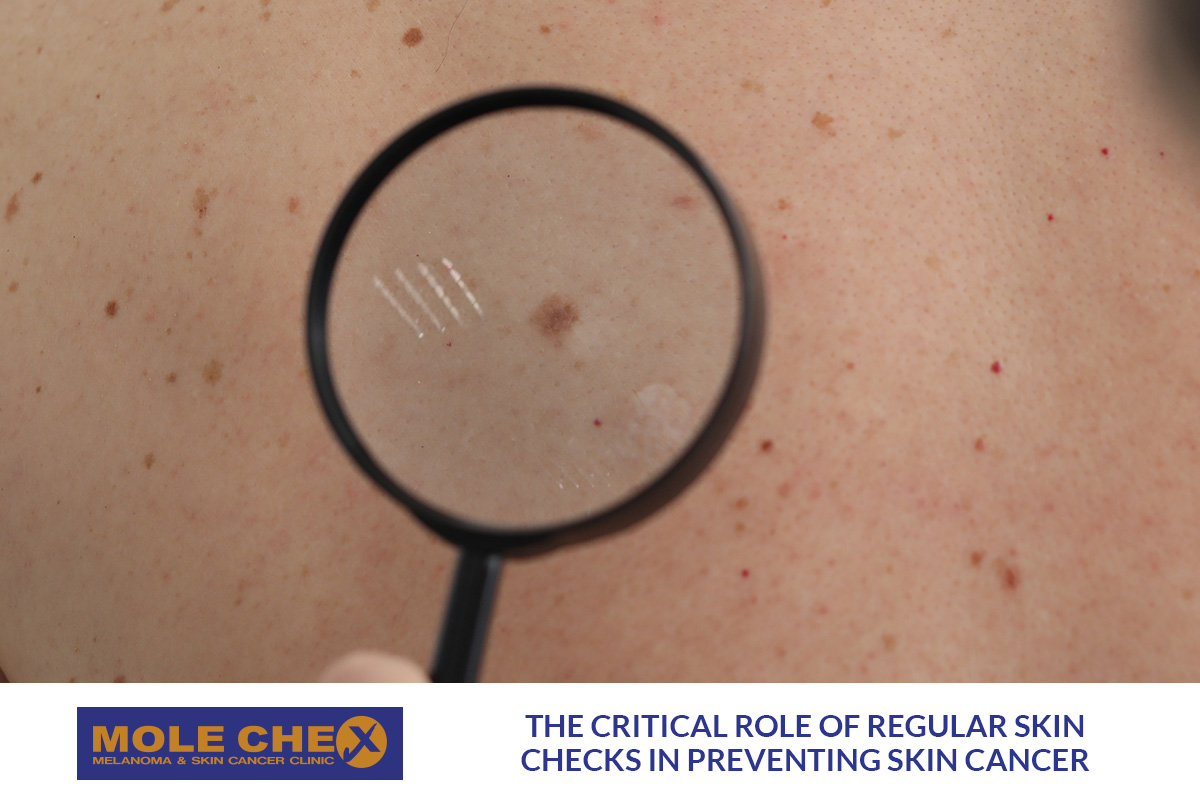The Critical Role of Regular Skin Checks in Preventing Skin Cancer

In Australia, where the incidence of skin cancer is among the highest in the world, regular skin checks are not just advisable; they are essential. Given the harsh Australian climate and high UV exposure rates, taking proactive steps in skin cancer prevention and detection can save lives. This comprehensive guide delves into why regular skin checks are vital and how they play a crucial role in the early detection and successful treatment of skin cancer.
Understanding the Prevalence of Skin Cancer in Australia
Australia has one of the highest rates of skin cancer globally, primarily due to its geographic location, which results in higher levels of UV radiation. This elevated UV exposure significantly increases the risk of skin cancer among Australians, with two in three expected to be diagnosed by the age of 70. The most common types include:
- Basal Cell Carcinoma (BCC): The most frequent but least dangerous form of skin cancer.
- Squamous Cell Carcinoma (SCC): More serious than BCC, with potential to spread to other parts of the body if untreated.
- Melanoma: The most lethal form of skin cancer, known for its ability to spread rapidly.
The Importance of Regular Skin Checks
Regular skin examinations by a qualified skin doctor are crucial for the early detection of skin cancer. Early detection is associated with higher survival rates, particularly for melanoma, which can be treated successfully if caught early. Here’s why regular skin checks are essential:
- Early Detection: Regular checks can detect skin cancers and pre-cancerous lesions early, often before they have spread or become life-threatening.
- Expert Assessment: Skin doctors use specialised tools and techniques, such as dermatoscopes, to see beyond what the naked eye can perceive, allowing for more accurate diagnoses.
- Tracking Changes: Over time regular visits help track skin changes, catching new growths or changes to existing moles or spots that could signify skin cancer.
What Does a Skin Check Involve?
Most people would be aware what a skin check involves, however if you are having your first skin check, it’s a really simple procedure. A comprehensive skin check is a simple yet effective procedure, it only takes about 20 minutes to complete the procedure. It involves several steps:
- Full-Body Examination: The skin doctor examines your skin from head to toe, including areas not regularly exposed to the sun.
- Dermoscopic Analysis: A dermatoscope provides a magnified view of moles, enhancing the ability to spot suspicious features.
- Documentation: High-quality images of spots or moles may be taken for records, allowing for precise monitoring over time.
How Often Should You Have a Skin Check?
The frequency of skin checks depends on your individual risk factors. The recommendation would be that anyone who falls under the below risk factors should, as a minimum, have an annual skin check to ensure that skin is thoroughly inspected by a professional, however self-checks are also encouraged as it helps with early detection. A skin doctor would use the below risk factors to determine the frequency of your skin checks.
- High Risk: You are at high risk, If you have a personal or family history of skin cancer, have many moles or have previously had a lesion removed. Your skin doctor will prescribe regular skin checks for your safety.
- Medium Risk: If you have fair skin, blonde or red hair, blue eyes or tend to burn rather than tan – consider a check every season. Alternatively annual check recommendation is generally provided by your doctor. Ask your skin doctor to schedule your next appointment and set up a recall notice in your patient file.
- Low Risk: If you don’t have any major risk factors but want to be safe, an annual check is recommended in high UVR areas like QLD and other parts of eastern Australia such as NSW.
Self-Checks: A Supplementary Approach
Between professional examinations, performing regular self-checks is crucial. Here’s how to effectively conduct a self-examination:
- Examine Your Entire Body: Using mirrors, check your entire body, including often-overlooked areas like the soles of the feet, scalp, and back.
- Look for New or Changing Moles: Follow the ABCDE of melanoma — Asymmetry, Border irregularity, Colour variation, Diameter over 6mm, and Evolving characteristics.
- Document Changes: Keeping a photographic record can help you and your doctor monitor changes over time.
Conclusion
In conclusion, regular skin checks are a critical component of skin cancer prevention, particularly in a sun-drenched country like Australia. By combining professional skin checks with routine self-examinations, you can significantly improve your chances of catching skin cancer early. Remember, when it comes to skin cancer, prevention and early detection are key to effective treatment. Make regular skin checks a part of your health routine, and stay vigilant about changes to your skin. It’s not just good practice; it could be life-saving.
Learn more by reading other articles :
